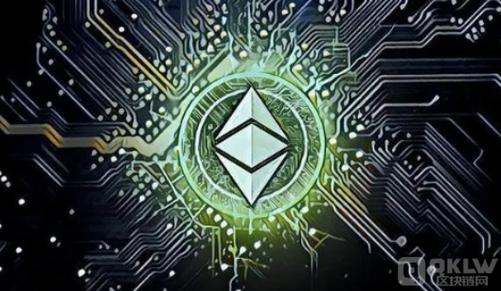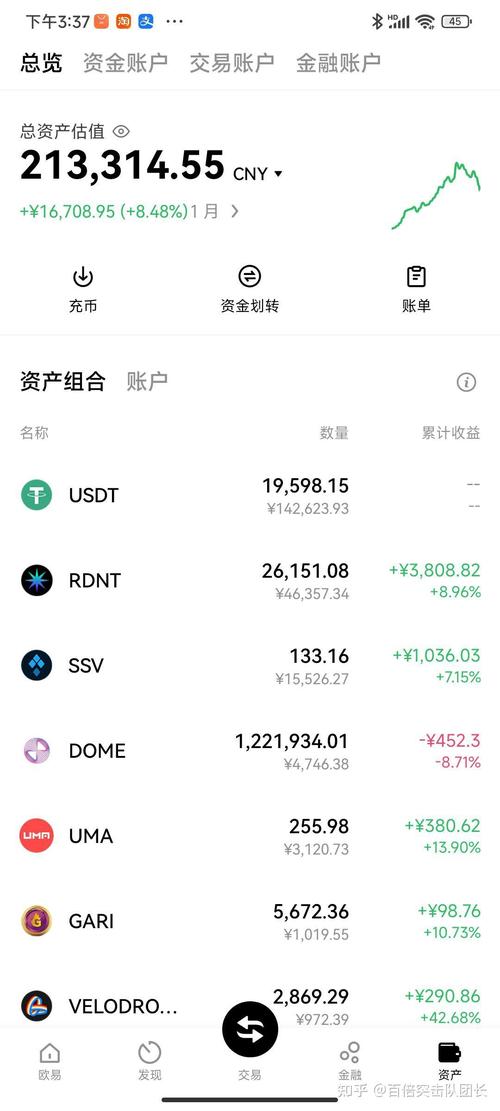
After Ethereum 2.0: A Comprehensive Overview
Since its inception, Ethereum has been a cornerstone of the blockchain industry, constantly evolving to meet the demands of its growing community. With the eagerly anticipated Ethereum 2.0 upgrade, the platform is set to undergo a transformative shift. This article delves into the various dimensions of Ethereum 2.0, providing you with a detailed understanding of its features, benefits, and potential impact on the blockchain ecosystem.
What is Ethereum 2.0?
Ethereum 2.0, also known as Eth2, is the highly anticipated upgrade to the Ethereum network. It aims to address several limitations of the current system, such as scalability, security, and decentralization. Eth2 introduces a new consensus mechanism called Proof of Stake (PoS) and a sharded architecture to enhance the network’s performance.

Proof of Stake (PoS)
One of the most significant changes in Ethereum 2.0 is the shift from Proof of Work (PoW) to Proof of Stake. Under PoS, validators are chosen to create new blocks based on the amount of ETH they hold and are willing to “stake” as collateral. This mechanism reduces energy consumption and makes the network more energy-efficient.
| Feature | Proof of Work | Proof of Stake |
|---|---|---|
| Energy Consumption | High | Low |
| Security | Depends on miners | Depends on validators |
| Decentralization | High | Depends on the number of validators |
Sharding
Ethereum 2.0 introduces sharding, a technique that divides the network into smaller, more manageable pieces. This allows for parallel processing of transactions, significantly improving scalability and reducing congestion. Sharding also enhances the network’s security and decentralization.
Benefits of Ethereum 2.0
Ethereum 2.0 offers several benefits, including:
-
Improved Scalability: Sharding allows for parallel processing of transactions, significantly increasing the network’s capacity.

-
Energy Efficiency: Proof of Stake reduces energy consumption compared to Proof of Work.
-
Enhanced Security: Sharding and PoS improve the network’s security and decentralization.
-
Decentralization: More validators can participate in the network, making it more decentralized.
Timeline and Roadmap
The Ethereum 2.0 upgrade is a multi-phase process, with several milestones already achieved. Here’s a brief overview of the timeline and roadmap:
-
Phase 0: Launched in December 2020, this phase introduced the beacon chain and the PoS mechanism.
-
Phase 1: Expected to launch in 2021, this phase will introduce cross-shard communication and the merge of the beacon chain with the main Ethereum network.
-
Phase 2: This phase will focus on sharding and improving the network’s overall performance.
Conclusion
Ethereum 2.0 is a significant upgrade that aims to address the limitations of the current Ethereum network. With its improved scalability, energy efficiency, security, and decentralization, Eth2 has the potential to revolutionize the blockchain industry. As the upgrade progresses, it will be interesting to see how Ethereum evolves and adapts to the changing landscape of the blockchain ecosystem.




